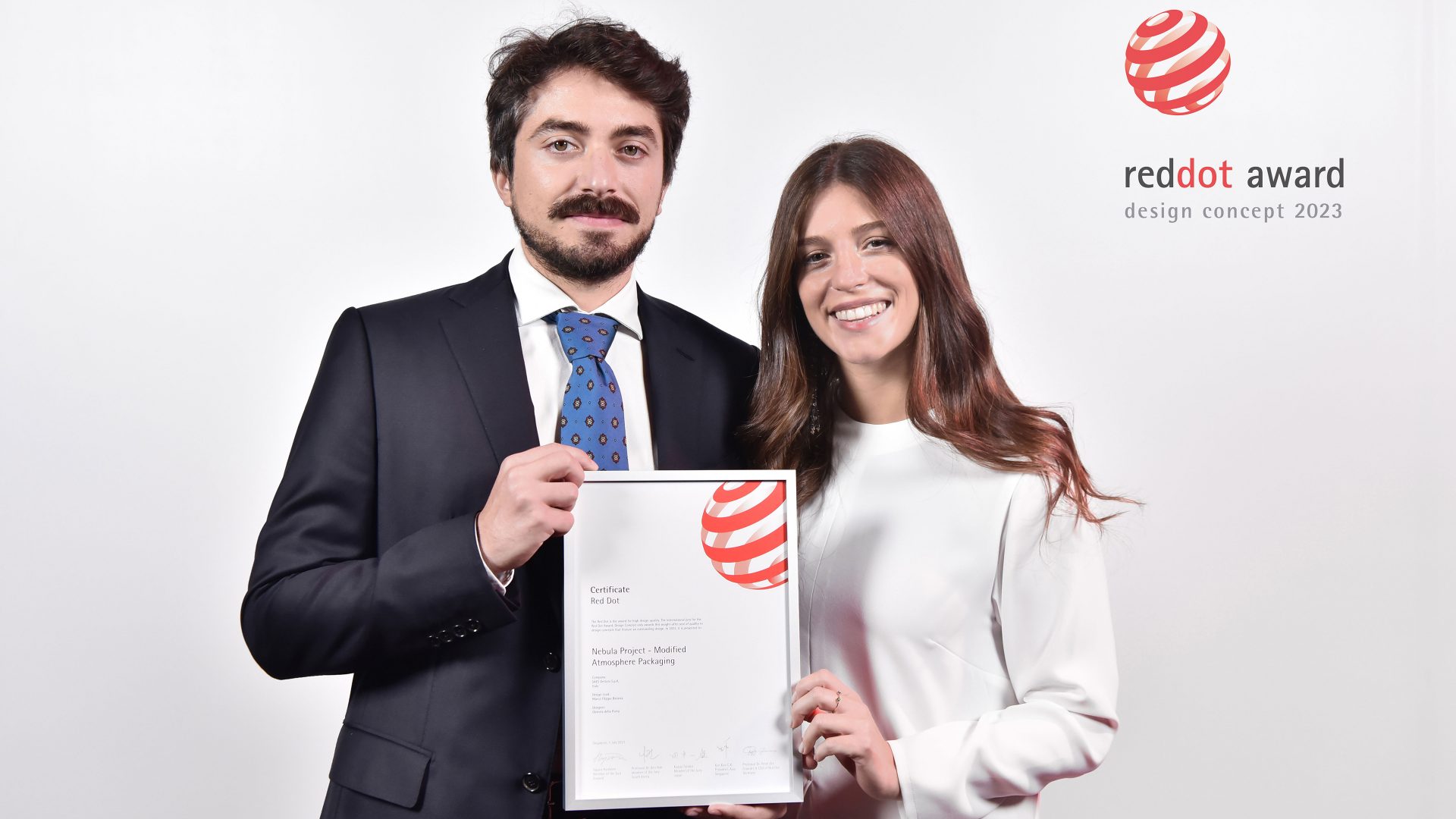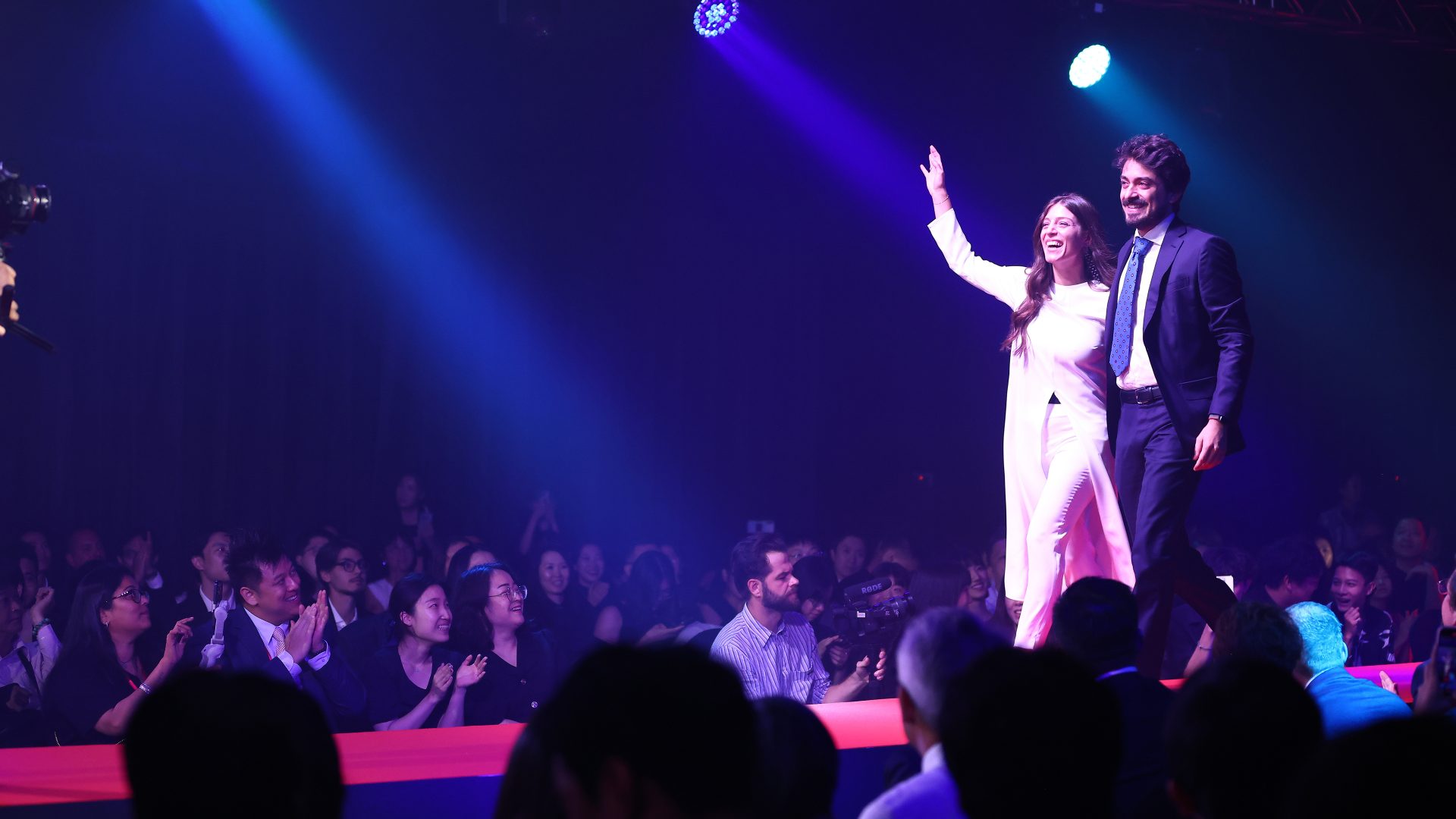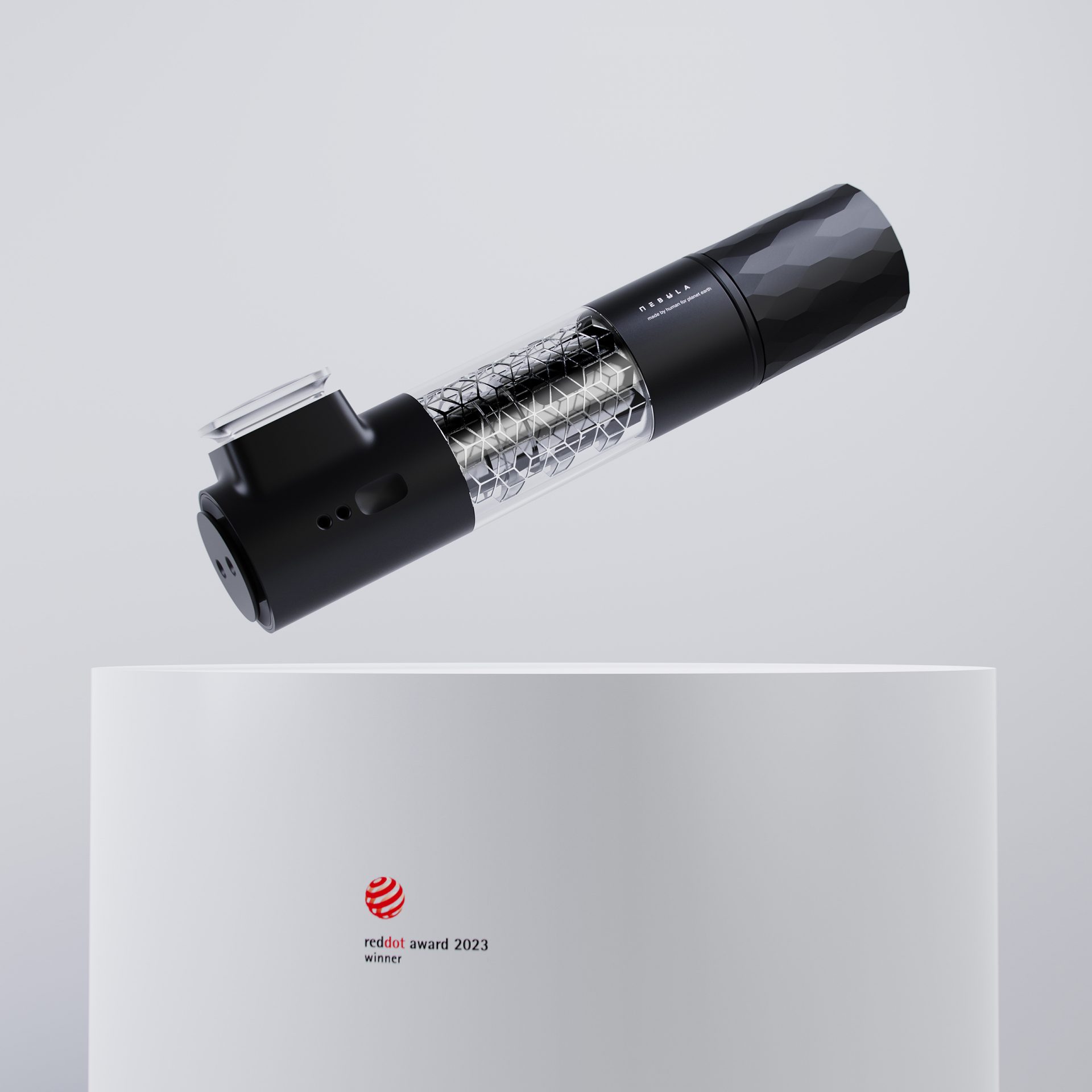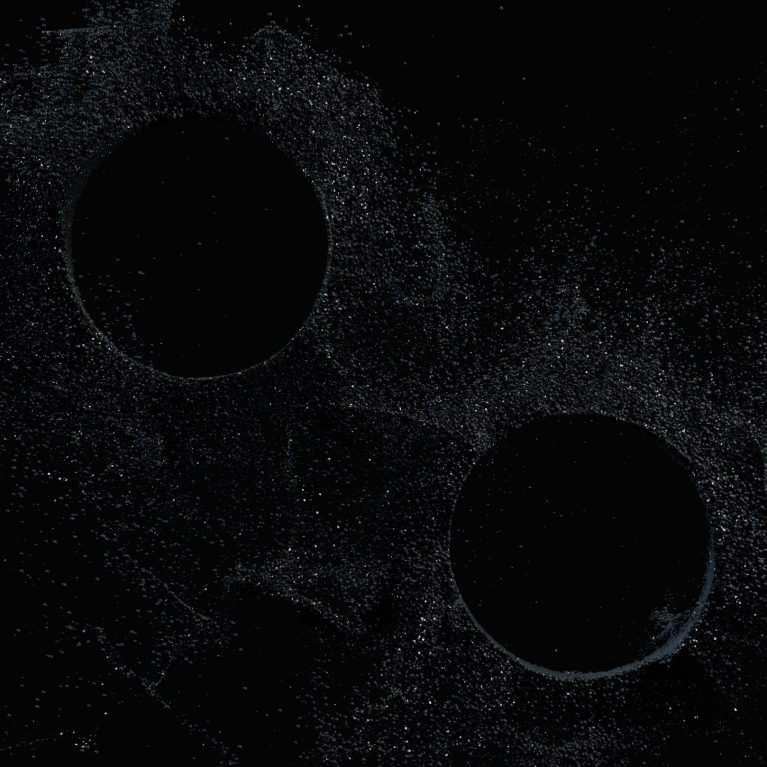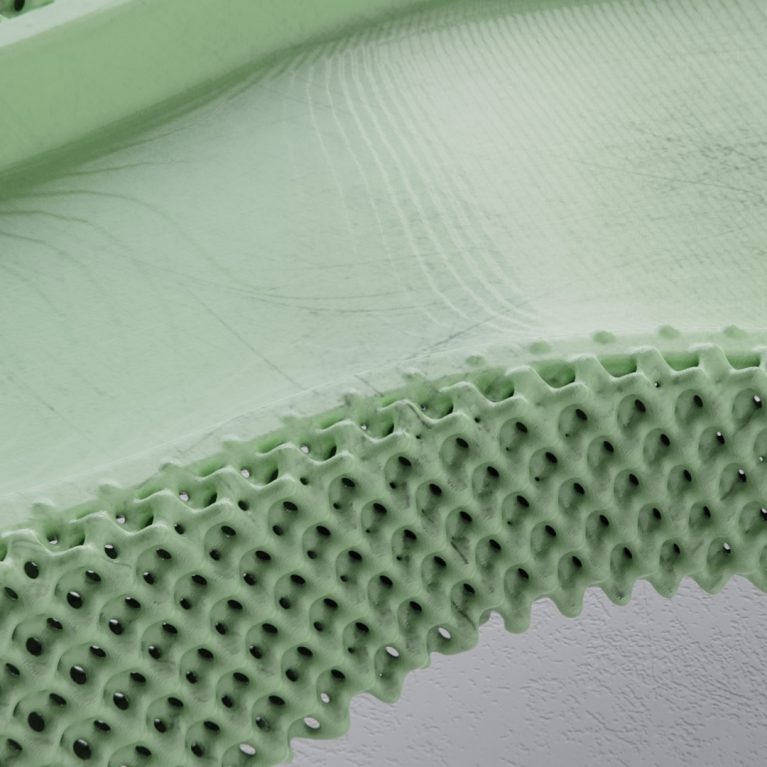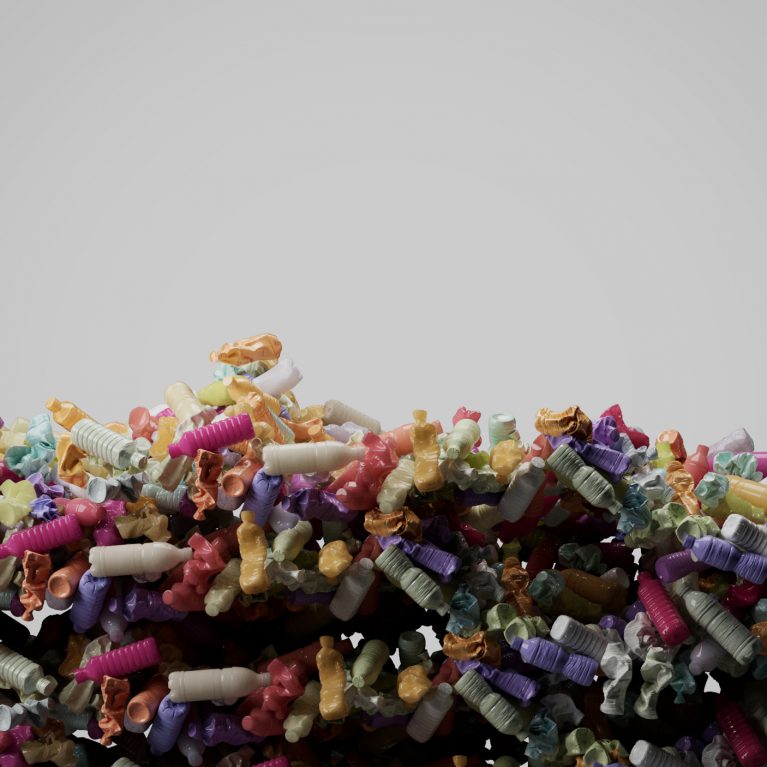SAES Getters wins the ‘Red Dot Award’ with Project Nebula
With Nebula, we wanted to push the technological part to the limit to reduce the size of the product, capturing the technique in a brand language that led us to its definition. The philosophy has always been to go against the tide: reduce the electronics and displays to the essential, reduce the functions to a minimum and take maniacal care of the invisible structure.” says Filippo Batavia, Head of Design House.
SAES Getters has been honored with the ‘Red Dot Concept Design Award’ for their Nebula Project, marking their first foray into the arena of industrial design.
This accolade recognizes the potential born from the integration of material science and design, particularly in developing solutions for environmental sustainability. The Nebula Project introduces an innovative approach to combating food waste and plastic pollution. SAES has established a new standard in sustainable home appliance design, encapsulating a well-known industrial technology for enhancing food shelf life within a remarkably compact device. The Nebula Project is more than just an appliance; it’s a vector of hope for a more sustainable and responsible future.
The design of Nebula seamlessly blends the technical and scientific language intrinsic to SAES’s DNA. Its product design partly draws inspiration from the analytical architecture of SAES’s NextTorr pumps, used in ultra-high vacuum applications, achieving a perfect balance between form and function that exudes a raw yet sophisticated beauty. The ‘heart’ of Nebula, made of glass, showcases the technology encased within a laser-crafted aluminum cage. The ergonomic, alveolar design of the handle is one of the structures where procedural and parametric development has been applied to identify an ergonomic and iconic shape, harmonizing with the rest of the product. At the center of the handle, there’s a non-rotating OLED display featuring a user interface with real-time control of the Modified Atmosphere Packaging (MAP) process, powered by advanced sensors and gas recognition technology.
Nebula’s technology revolves around protective atmosphere known as MAP, used for optimizing food preservation in secondary shelf life. Nebula brings this technology into the consumer’s kitchen, utilizing pre-mixed capsules to replace the air in food containers with a specific gas mixture, thus preserving the natural taste and nutritional properties of the food. The system is intuitive and user-friendly, highlighted by a color-coded capsule system for easy identification and use. Nebula’s design includes sensors to fine-tune gas compositions for different food types, ranging from nitrogen/carbon dioxide blends for poultry to oxygen-enriched mixtures for red meats. This tailored approach enables six distinct gas mixtures, catering to a broad spectrum of food preservation requirements.
The product was created by Design House, the first SAES Design Lab established in 2021, as part of an exploratory initiative to integrate typical design logic into innovative approaches. Nebula evolved from an R&D project focused on a new type of UV-C light emitter, demonstrating that innovation can stem from ideas that extend beyond a project’s original scope. SAES’s methodology has always blended creativity with science, fostering innovation through challenging existing notions. Ginevra della Porta, Chief Innovation Officer of SAES, and Filippo Batavia, Head of Design House, were instrumental in transforming the Nebula concept into a tangible, innovative product.
Ginevra della Porta remarks, “The story of Nebula exemplifies SAES’s capacity to meld creativity, science, and innovation to forge unique solutions. We are honored by the ‘Red Dot Award’ and proud to contribute to the evolution of design and innovation.”
The Nebula Project prototype will be exhibited at the Marina Bay museum from October 2023, alongside other award-winning products, showcasing its significance and enduring impact on the global design landscape.
Related News
Modified atmosphere: the science behind gas combinations for the unaltered preservation of nutritional properties and characteristics of food products
Preserving the original taste, texture and nutritional values.
Procedural Design for Industrial Applications
Topological optimization is revolutionizing design approaches in various fields, from complex system engineering to architecture.
B!POD’s Action Against Ocean Plastic Pollution
In 2023, B!POD took a significant step towards sustainability. It ceased the production of containers using traditional polypropylene (PP) and switched entirely to using OBP.


